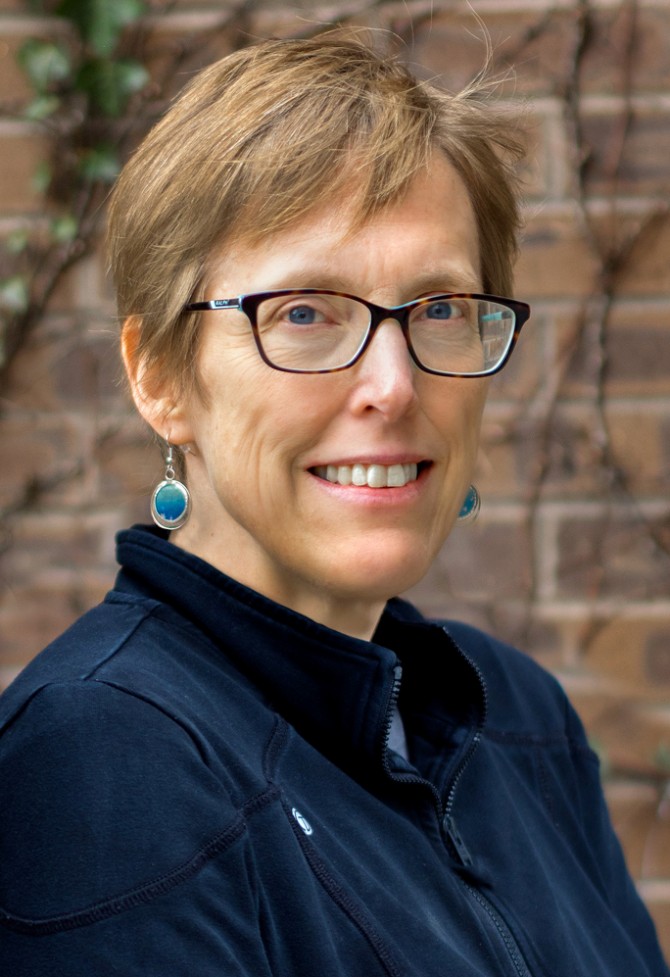Physicist illuminates Big Bang in spring Hans Bethe Lecture
By Linda B. Glaser
Leftover radiation from the Big Bang – the cosmic microwave background (CMB) – carries clues about the fundamental nature of the universe, which was only 400,000 years old when the CMB was released.
Nearly 14 billion years later, scientists are using the Atacama Cosmology Telescope to uncover the CMB’s dynamics and ingredients, providing insights into its history and even physics itself. In the spring Hans Bethe Lecture, physicist Suzanne Staggs of Princeton University will give an insider’s view of the Atacama Cosmology Telescope and the joys of working with it.
Her talk, “Looking Backwards with the Cosmic Microwave Background,” is March 11 at 7:30 p.m. in Schwartz Auditorium, Rockefeller Hall. The event is free and the public is invited.
“Measurements of the Big Bang afterglow are helping to answer some of the most exciting questions of our time,” said Michael Niemack, associate professor of physics. “We are fortunate to have Suzanne Staggs to talk to us about it: she is a preeminent cosmology researcher, an entertaining communicator and an outstanding mentor to young scientists.”
Staggs is the Henry deWolf Smyth Professor of Physics at Princeton, where she also received her doctorate. Her research focuses on the experimental study of the CMB, including exploration of its polarization properties and temperature variations.
She is currently the principal investigator of the Atacama Cosmology Telescope project, a fellow of the American Physical Society and a member of the American Academy of Arts and Sciences. She was a member of the joint National Science Foundation and Department of Energy Concept Definition Team for the CMB Stage IV project and is a founding member of the Simons Observatory.
As part of the Hans Bethe Lecture series, Staggs will give a physics colloquium, “The Cosmic Microwave Background in the 21st Century,” March 9 at 4 p.m. in Schwartz Auditorium, and a theory seminar, “Devilish Details in Cosmic Microwave Background Maps,” March 10 at 3 p.m., in 401 Physical Sciences Building.
The Hans Bethe Lecture series, established by the Department of Physics and the College of Arts and Sciences, honors Bethe, Cornell professor of physics from 1936 until his death in 2005. Bethe won the 1967 Nobel Prize in physics for his description of the nuclear processes that power the sun.
Linda B. Glaser is the news and media relations manager for the College of Arts and Sciences.
Media Contact
Get Cornell news delivered right to your inbox.
Subscribe

